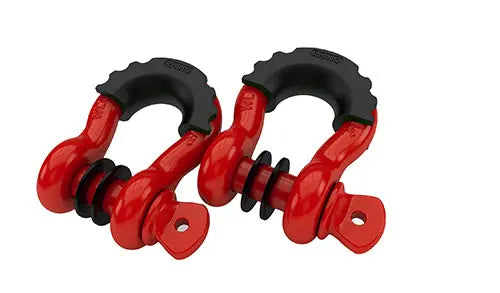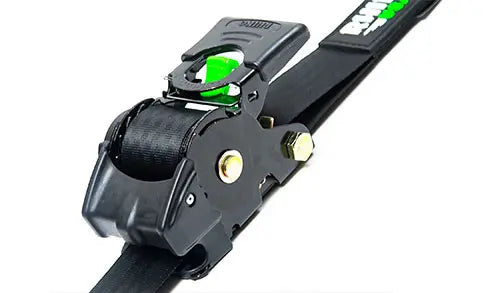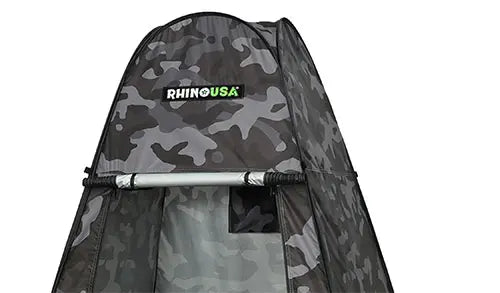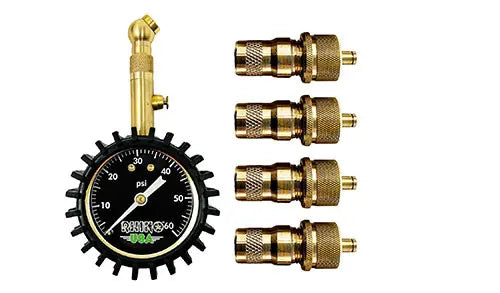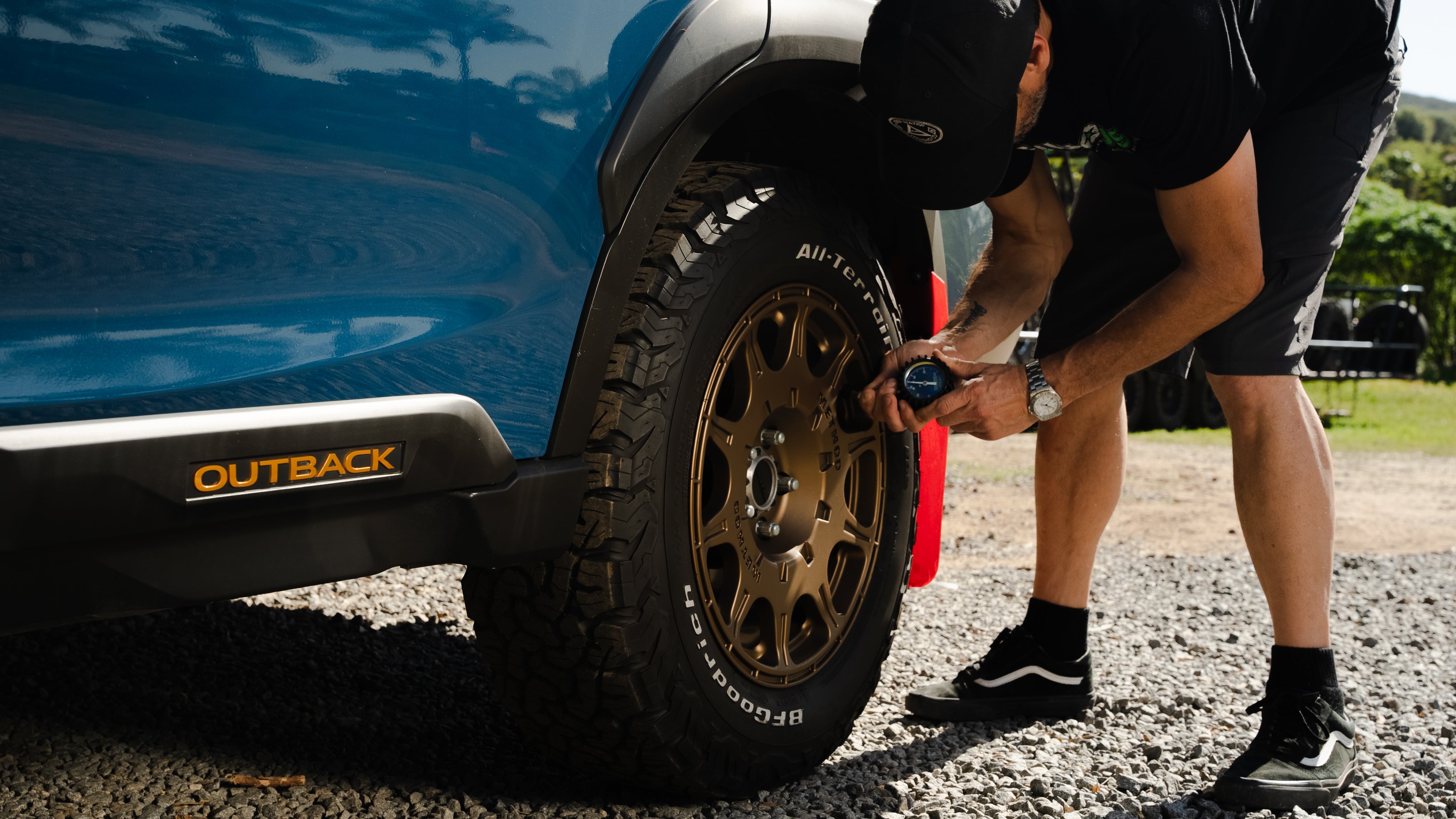
How Low To Air Down When Off-Roading
Most drivers are taught to check tire pressure regularly and ensure that it hits the right level on the pressure gauge. On standard roads and highways, the tire pressure should meet manufacturer recommendations. Low tire pressure can accelerate wear and increase the risk of punctures and aquaplaning. When you drive off-road, it’s beneficial to air your tires down. This means letting air out of the tires to reduce tire pressure.
Airing the tires down when driving a UTV, truck or 4x4 off-road is important because it increases traction and reduces the risk of slipping and losing control of the vehicle. Whether you’re navigating snow-covered trails, rocky terrain or undulating sand dunes, it’s critical to enhance the grip of the tires as much as possible. If you air the tires down, this increases traction and prevents the tires from sinking into the ground. Airing down can also improve support for the suspension system for a smoother, less bouncy ride and reduce tire wear.
It is beneficial to air down under the following circumstances:
- Driving on dirt roads and uneven tracks
- Driving on soft surfaces, such as sand
- Off-roading on rocky trails and loose terrain
- Off-roading in the snow and ice
How low should you air down and what role does the environment play?

When you go off-roading, it’s important to figure out how low to air the tires down based on the type of vehicle and the environment in which you’re driving. Some surfaces pose greater risks than others and some landscapes will benefit from higher reductions in tire pressure. Always consider the size and weight of the vehicle, the type of tires you are using, the terrain you are navigating, the conditions and the standard tire pressure on regular, paved roads.
As a general guide, it’s best to reduce tire pressure by more if you’re driving on soft surfaces, including mud and sand, and very challenging terrain rather than on solid or even ground. Here are some examples to give you an idea of optimum tire pressure for different surfaces:
- Dirt roads and uneven trails: airing down by up to 25%
- Slick rock, loose terrain and rock crawling: air down by around 35%
- Soft surfaces, including mud and sand: air down by 50%
It is crucial to remember that you should only be airing the tires down when off-roading. Deflate the tires just as you are preparing to start driving off the beaten track and away from paved roads and routes. You will need to inflate your tires again before getting back onto the main roads.
Featured Product: Rhino USA Pro Tire Deflator Kit
What do you need to air down?
There are various options if you’re going off-roading or overlanding and you want to reduce the tire pressure along the way. You can manually deflate your tires or use a tire deflator kit, which includes all the components you need to remove air from your tires before driving on rocks, dirt trails, snow, mud or sand. Carry a pressure gauge to enable you to check the pressure before, during and after airing down. If you buy a kit like the Rhino USA Pro Tire Deflator Kit, you can air down quickly and easily using preset PSI levels for different environments.
Airing down will prepare you for off-road adventures, but you’ll also need to ensure that you have the relevant tools to drive safely on paved roads once you’re ready to return home. If you’ve deflated the tires to drive on sand or rocks, for example, you’ll need to inflate them again before joining the highway. Driving on regular roads with low tire pressure can cause significant damage to the tires. Make sure you have an air compressor or a portable tire inflator with you. Even short journeys to a service station, for example, can put your tires at risk of wear.
Conclusion
Airing down is an important component of the preparation process if you’re going off-roading. Letting air out of the tires improves traction and grip to reduce the risk of slipping, sliding and getting stuck. The amount of air you let out of the tires will depend on the type of vehicle and the environment. To enable you to air down quickly and easily with minimal effort, it’s an excellent idea to invest in a tire deflator kit like Rhino USA’s Pro Tire Deflator Kit, which includes a best-performance tire gauge, valve core replacements, chrome and plastic valve caps and a 4-way valve replacement tool with the option to use preset PSI levels.
- Choosing a selection results in a full page refresh.


